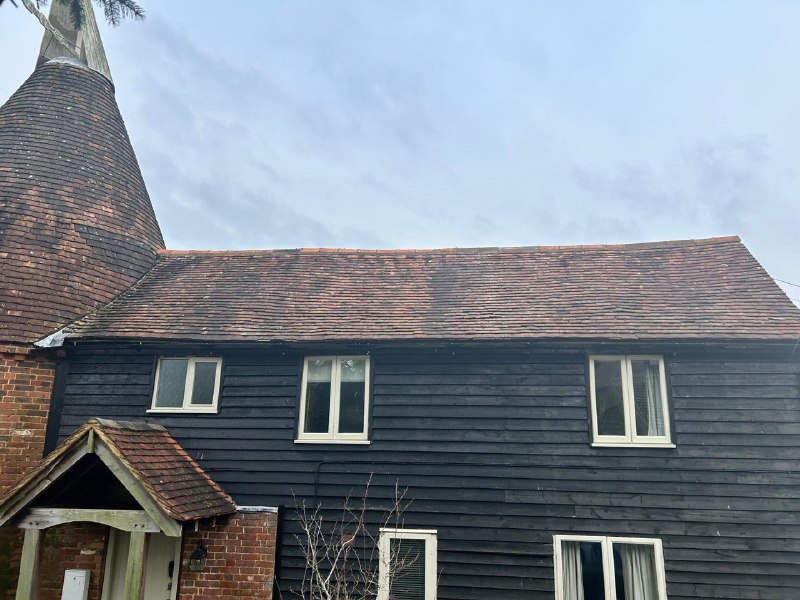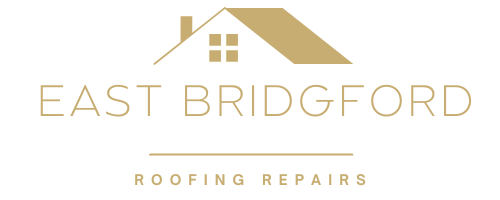Lead flashing plays a critical role in protecting commercial roofs from water ingress, particularly in large-scale buildings where extensive roofing systems require robust waterproofing. At East Bridgford Roofing Repairs, based in East Bridgford, Nottingham, we understand the complexities involved in managing large commercial roofs, and how essential lead flashing is to maintaining their longevity. In this blog post, we will explore the importance of lead flashing for commercial roofing projects, how it provides long-lasting solutions, and why it should be part of every comprehensive roofing maintenance plan.
What is Lead Flashing?
Lead flashing is a flexible, durable material used to seal roof joints and prevent water from seeping into vulnerable areas, such as where the roof meets walls, chimneys, or skylights. It is especially useful on large commercial roofs where various elements, such as HVAC units or ventilation systems, require waterproofing. Due to its malleability, lead flashing can be shaped to fit even the most complex roof structures, providing a reliable barrier against moisture penetration.
Why is Lead Flashing Important for Commercial Roofs?
- Long-Term Durability
Lead is one of the most durable roofing materials available, making it ideal for large-scale commercial roofs. Its natural ability to withstand weathering, temperature changes, and UV exposure ensures that it remains effective for decades. When properly installed, lead flashing can last upwards of 50 years, reducing the need for frequent repairs and replacements. This long-term durability makes it a cost-effective solution for businesses looking to invest in reliable roofing systems. - Superior Waterproofing
Large commercial roofs are exposed to significant amounts of water runoff during rainstorms, particularly on flat or low-pitched roofs where water can pool. Lead flashing creates a watertight seal around areas prone to leaks, such as expansion joints, vents, and roof perimeters. This prevents water from penetrating the roof and causing damage to the building’s interior or structural components. - Flexibility for Complex Roof Structures
Commercial roofs often feature complex layouts, with numerous elements such as chimneys, skylights, and pipe penetrations. Lead flashing is highly malleable, making it easier to mould around these structures for a precise fit. This flexibility ensures that all areas of the roof are securely sealed, even in the most intricate roof designs. - Thermal Movement Resistance
Commercial roofs are subject to significant temperature fluctuations, especially in the UK where weather conditions can vary dramatically. Lead flashing is highly resistant to thermal expansion and contraction, meaning it can move with the roof as temperatures rise and fall. This ensures that the flashing remains intact, reducing the risk of cracks or gaps that could allow water infiltration.
Best Practices for Installing Lead Flashing on Commercial Roofs
- Professional Installation
Proper installation is crucial to ensure that lead flashing performs effectively on large-scale commercial roofs. At East Bridgford Roofing Repairs, our team of professionals has the expertise needed to install lead flashing with precision. We understand the nuances of working with commercial roofing systems and ensure that all flashing is installed to the highest standards. - Regular Maintenance and Inspections
While lead flashing is incredibly durable, regular maintenance and inspections are key to extending its lifespan. Commercial roofs should be inspected at least twice a year to check for any signs of wear, damage, or movement in the flashing. Early detection of potential issues allows for prompt repairs, preventing minor problems from escalating into major leaks or structural damage. - Using High-Quality Materials
When it comes to commercial roofing, quality materials are essential for long-term performance. At East Bridgford Roofing Repairs, we only use the highest grade of lead flashing, ensuring that it provides maximum protection against water ingress. Investing in quality materials reduces the likelihood of future repairs and ensures that your roofing system remains secure.
Lead Flashing Alternatives for Commercial Projects
While lead flashing remains the gold standard in waterproofing solutions, there are alternative materials available for commercial roofing projects, such as:
- Aluminium Flashing: Lightweight and corrosion-resistant, though not as durable as lead.
- Copper Flashing: Offers excellent durability but is more expensive than lead.
- EPDM Rubber Flashing: A modern alternative that offers flexibility and UV resistance, suitable for some commercial applications.
Each material has its benefits, but for long-lasting protection, lead remains the preferred choice for many commercial roofing applications.
Conclusion
Lead flashing is an essential component of large-scale commercial roofing systems, providing unbeatable durability and waterproofing protection. Whether your commercial property requires new lead flashing installation or the repair of existing systems, taking a proactive approach to maintaining this vital element will protect your building from water damage and costly repairs.
Call us on: 0115 647 1193
Click here to find out more about East Bridgford Roofing Repairs
Click here to complete our contact form and see how we can help with your Roofing needs.

